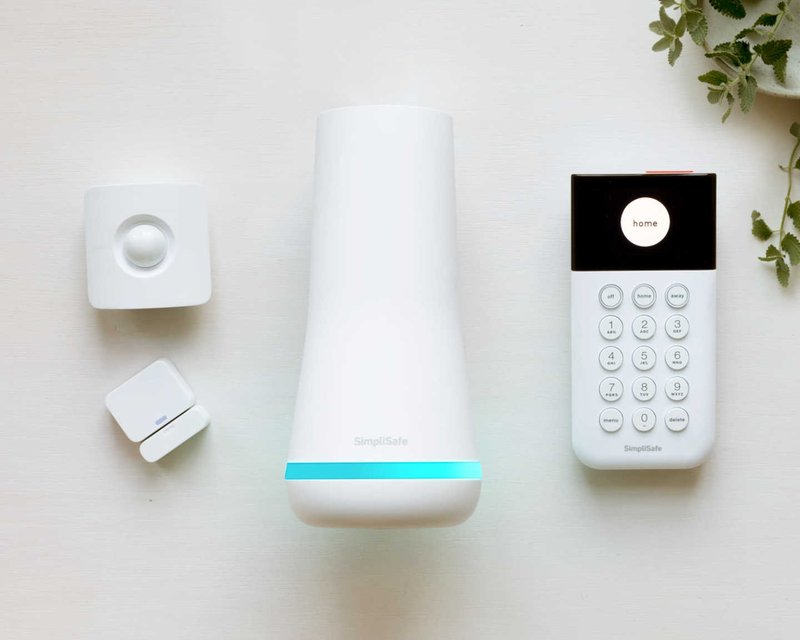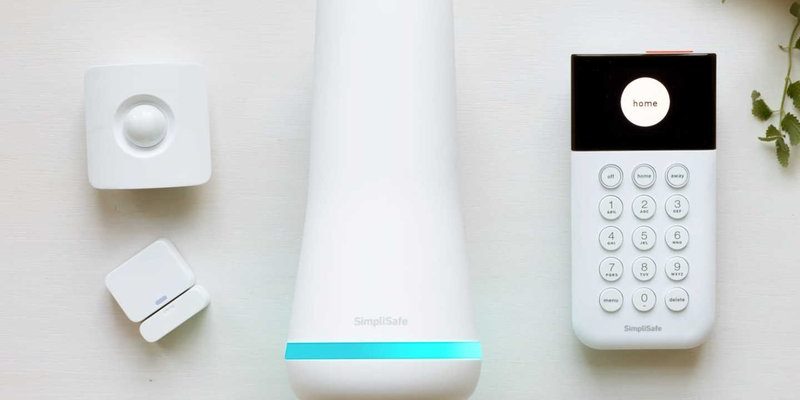
Let me explain. Imagine you find a Simplisafe sensor or keypad from someone clearing out their old gear, and it looks almost new. You’re tempted to grab it because, hey, saving money is great, but then you wonder about that warranty. If the device craps out in a month, can you count on Simplisafe to back you up? Or are you stuck with a pricey paperweight? Stick with me as we unpack how warranty registration works with used Simplisafe smart home devices, what you need to know before buying, and what to do if you want to keep your system running smoothly.
Understanding Simplisafe’s Warranty Policy
Before diving into used devices, it helps to know how Simplisafe handles warranties on new products. Typically, Simplisafe offers a limited warranty that covers defects in materials or workmanship for a set period, usually around one year. This warranty kicks in from the original purchase date, not from when you register or activate the device. So, if you buy a brand-new sensor in-store or online, the clock starts ticking right then.
Here’s the thing: Simplisafe’s warranty is tied closely to the original purchaser and the original purchase date. That means when you register a device for warranty purposes, Simplisafe checks their database to confirm when and where it was originally sold. They also confirm that the device hasn’t been tampered with or altered in unauthorized ways. This process helps Simplisafe prevent fraud and ensure their devices are used as intended.
Why does this matter for used devices? Because warranty coverage is generally *non-transferable*, meaning the warranty doesn’t automatically pass from the original owner to the new buyer. So, if you buy that sensor from a neighbor or online marketplace, you might be out of luck registering it for warranty yourself.
Can You Register a Used Simplisafe Device for Warranty?
Honestly, the short answer is: usually no. When it comes to registering used Simplisafe devices for warranty, Simplisafe’s policies are pretty clear—warranty coverage begins with the first buyer, and registering a device after resale doesn’t typically renew or extend the warranty. If you try to register a used device under your own account, it often won’t work because the system recognizes it as already registered or tied to another account.
That said, there are some subtle exceptions. For instance, if Simplisafe’s customer service confirms that the original warranty is still valid and you have proof of the original purchase (like a receipt or invoice), they might allow a transfer of warranty in rare cases. But that’s definitely not the norm and typically requires a direct conversation with Simplisafe support.
Here’s a practical tip: If you’re buying a used Simplisafe device, ask the seller for the original purchase information and whether the device is still under warranty. Without that, you’re basically buying a product *as-is* with limited recourse if it stops working.
What Happens if Your Used Simplisafe Device Fails?
You might be wondering, “Okay, so no warranty—what should I do if my used device breaks?” This is where the Simplisafe ecosystem’s design can sometimes help, but also where it gets tricky.
First off, most Simplisafe smart devices, whether new or used, connect and pair with your base station via wireless protocols. You can usually reset and re-sync a device to your system by putting it into pairing mode and following simple steps on the app or keypad. This means that even a used device can often *function* just fine with a new system.
However, if the hardware itself is defective—say a motion sensor’s battery compartment is faulty or the keypad screen won’t light up—you might feel stuck. Without warranty coverage, repairs or replacements fall on your shoulders, which can get expensive.
Here’s the silver lining: Simplisafe devices are generally well-built, and *many users report good longevity* even on older gadgets. But you should still factor in the risk of no warranty when buying used.
How to Avoid Problems When Buying Used Simplisafe Devices
Buying secondhand tech is always a bit of a gamble, but smart home devices add an extra layer of complexity because of syncing, registration, and security concerns. That said, if you’re set on getting a used Simplisafe part, here’s how to stack the odds in your favor:
- Get Proof of Purchase: Ask the seller for the original receipt or invoice. This can be a lifesaver if you need to contact Simplisafe support.
- Check Device Condition Thoroughly: Test the device, if possible, by pairing it with your system before buying. Check for physical damage and battery health.
- Verify Return Policy: If buying from a marketplace or retailer, see if there’s at least a short-term return or refund option.
- Ask About Account Status: Ensure the device has been unregistered or disconnected from the previous owner’s Simplisafe account. Otherwise, you might not be able to pair it.
Taking these steps doesn’t guarantee warranty coverage, but it helps avoid the worst surprises.
Resetting and Pairing Used Simplisafe Devices
Let’s say you’ve got this used Simplisafe device, and you want to get it working ASAP. One of the first hurdles is resetting and pairing it with your system.
Most devices come with a small reset pinhole or button. Pressing and holding this for 10-15 seconds usually clears previous settings and un-pairs the device from its old setup. After that, you can put the device into pairing mode by following instructions from Simplisafe’s app or manual.
Here’s the thing: sometimes the device won’t reset properly if it’s tied too deeply into another account. In those cases, you might need the original owner’s help to unregister the device remotely. Otherwise, it simply won’t respond to your system’s syncing commands.
A quick example: a friend bought a used Simplisafe keypad but couldn’t register it on his account because the previous owner forgot to remove it. After contacting the old owner to deregister the device, he successfully reset and paired it. This shows why syncing often hinges on account cooperation.
Battery Life and Troubleshooting in Used Devices
Another thing you want to think about with used Simplisafe devices is batteries. A keypad with weak batteries or a sensor with a drained power source can cause all sorts of confusion—false alarms, failure to pair, or intermittent signals.
When you buy used, batteries might be close to dead or already expired. It’s not a glamorous topic, but swapping out batteries early on helps avoid troubleshooting headaches later. Most Simplisafe sensors run on standard AA or AAA batteries or sometimes rechargeable cells that you can replace easily.
If your used device acts strangely, here’s a quick checklist for troubleshooting:
- Replace the batteries with fresh, high-quality ones.
- Reset the device before trying to pair it again.
- Check signal strength—sometimes wireless interference can mess with syncing.
- Consult the Simplisafe support pages or app guides for device-specific tips.
Taking these steps can save you hours of frustration, especially since used devices might be more prone to quirks than new ones.
Alternatives to Buying Used Simplisafe Devices
If you’re hesitant about the warranty and hassle with used devices, there are other routes worth considering. Buying new from Simplisafe or authorized dealers guarantees warranty coverage, easy registration, and straightforward troubleshooting. Plus, Simplisafe often offers bundles or discounts on new kits that make upgrading affordable.
Another option is looking into universal smart home sensors or remotes compatible with Simplisafe. They might not integrate as seamlessly, but they often come with warranties and customer support tailored to their own brands. Just be sure to check compatibility.
Finally, some people choose to rent or lease smart home gear if their budget is tight. That way, warranty and maintenance often fall on the provider instead of you. It’s less common with Simplisafe but something to keep in mind.
Wrapping It Up: What You Really Need to Know
So, can you register used Simplisafe smart home devices for warranty? Most of the time, no. Simplisafe’s warranty is designed to stay with the original buyer and purchase date, so registering a used device under your name usually won’t refresh or extend coverage. That means if your used sensor or keypad breaks, you might be on your own to repair or replace it.
But don’t let that scare you off entirely. If you’re careful—checking for original purchase proof, verifying the device is unregistered, and testing battery and reset functions—used Simplisafe devices *can* still work well and save you money.
At the end of the day, buying used is a trade-off between cost and peace of mind. If warranty and support matter most, new products or authorized alternatives are the safer bet. But if you enjoy tinkering, troubleshooting, and getting a good deal, used Simplisafe gear can definitely have its place in your smart home setup.
